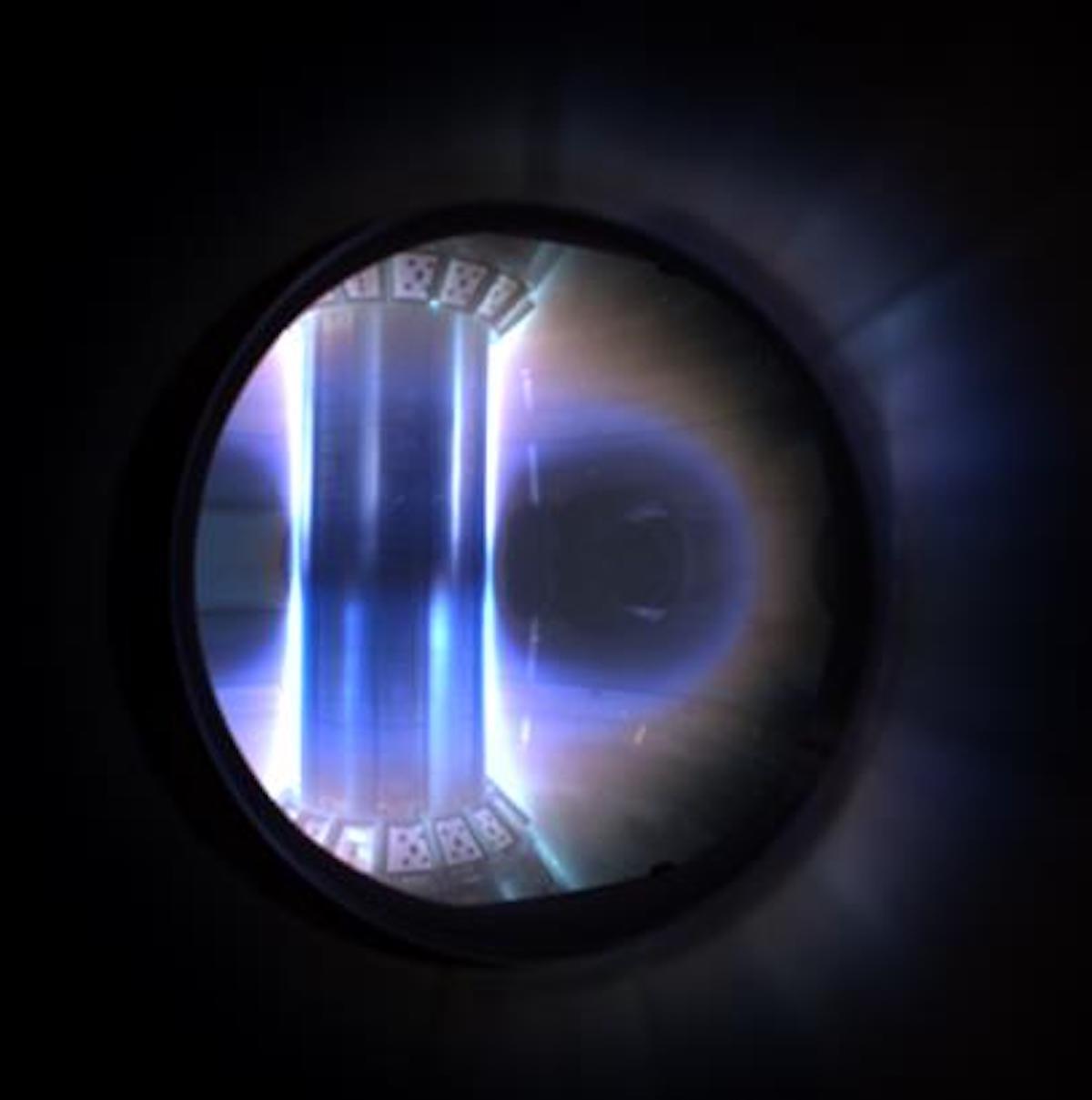(MENAFN- Asia Times) This is the third installment in Asia Times' Science Editor Jonathan Tennenbaum's series“Fusion Diary.” For an introduction to the series, readers are encouraged to start with“US abandoning its leadership in fusion energy ,” by Matthew Moynihan and Alfred B Bortz. Then read part 1 of the series here and part 2 here .
In its national program to build a prototype fusion power plant, Britain has decided upon a reactor type that differs radically from the conventional tokamak design, exemplified by JET and giant ITER. Instead, the UK is placing its main bet on the so-called spherical tokamak.
In the spherical tokamak, the fat central column of a conventional tokamak is replaced by a narrow post, giving the vacuum chamber a roughly spherical form rather than the conventional doughnut-like shape. The 100-150 million-degree plasma inside behaves differently and there are big differences in the technical design of the reactor.
Why is the UK going against the mainstream in the fusion race? This has a fascinating history.
Like many of the alternative concepts in magnetic confinement fusion, the spherical tokamak was born in a US national lab. In the period 1982-87, fusion researchers at the Oak Ridge National Laboratory (ORNL) hypothesized that a tokamak with a compact spherical form would be significantly more efficient, in terms of its ability to confine the hot plasma, than a conventional tokamak.
Let me explain briefly what the problem is.
As with an ordinary gas in a container, when we heat a plasma to ever higher temperatures, the pressure goes up. As one might imagine, even at the low densities employed in tokamaks, a 100 million-degree plasma will have a very strong tendency to expand.
The role of“container” is played in a tokamak by powerful magnetic fields that counteract the pressure exerted by the hot plasma, confining the plasma to the interior of the reactor chamber and keeping it away from the chamber walls.
How does this work? The particles constituting the plasma – rapidly moving electrons and ions – are electrically charged. According to the laws of electromagnetism, charged particles moving in a magnetic field will tend to spiral around the field lines and are thereby trapped by them to a greater or lesser extent. (Here is an elementary YouTube introduction to these concepts.)

Hot plasma in the spherical tokamak ST-40. Photo: Tokamak Energy
It turns out that to produce the field strengths needed to confine a plasma at 100-150 million degrees, the magnetic coils in a tokamak reactor must be run with electric currents of millions of amperes. This requirement imposes extremely severe engineering constraints on the reactor, and is a major factor in determining its cost and economic viability.
Needless to say, it would be a great advantage to be able to reduce the strength of the magnetic field needed to confine a plasma at a given density and temperature – or, alternatively, to increase the density and/or temperature of the plasma that can be confined using a given magnetic field strength.
In fusion science, the efficiency of confinement is commonly expressed in terms of a parameter called the“plasma beta,” which is technically proportional to the ratio of the plasma pressure to the square of the magnetic field strength. Reactor designers endeavor to make beta as large as possible.
Not surprisingly, the value of beta depends on a great many factors. Unlike the molecules of a gas in a bottle, where the molecules move around and bump into each other in random fashion, the ions and electrons constituting the plasma whizz around the toroidal vacuum chamber in a complicated pattern of spiraling trajectories.
It should thus be no surprise to find that the shape of the vacuum chamber has a major impact on the possible patterns of particle motions, and thereby also on the ability of the reactor to confine the plasma.
MENAFN06112023000159011032ID1107376593
Legal Disclaimer:
MENAFN provides the information “as is” without warranty of any kind. We do not accept any responsibility or liability for the accuracy, content, images, videos, licenses, completeness, legality, or reliability of the information contained in this article. If you have any complaints or copyright issues related to this article, kindly contact the provider above.